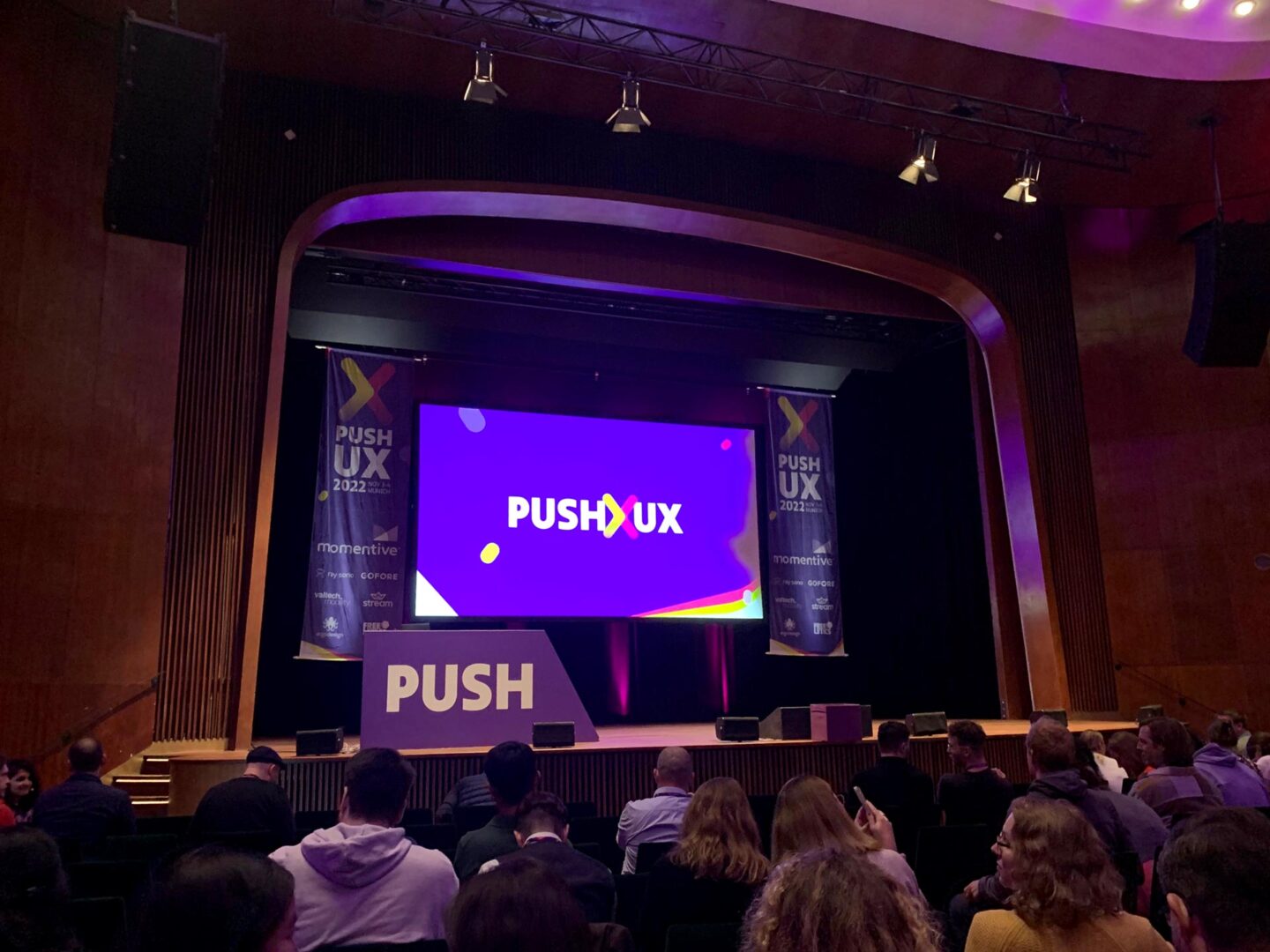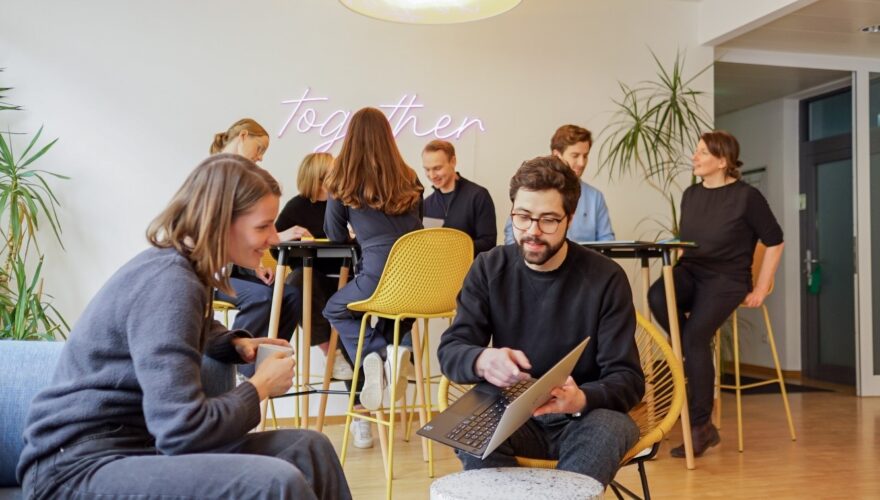After a two-year break from Corona, the PUSH UX Conference finally took place again on November 3 and 4. About 700 designers, researchers, tinkerers, and other creative people from all over the world came together in the old congress hall right next to the Theresienwiese. Together, they presented and discussed current and future-relevant topics around the topic of user experience. International speakers with diverse backgrounds designed the supporting program for the two days. In addition, interactive sessions and the exhibition of exciting UX projects gave participants the opportunity to exchange ideas with other participants.
For our experts at HYVE from the areas of UX/UI Design, UX Research, Service Design, and Software Development, this was a great opportunity to get inspiration and input for the development of digital products and services.
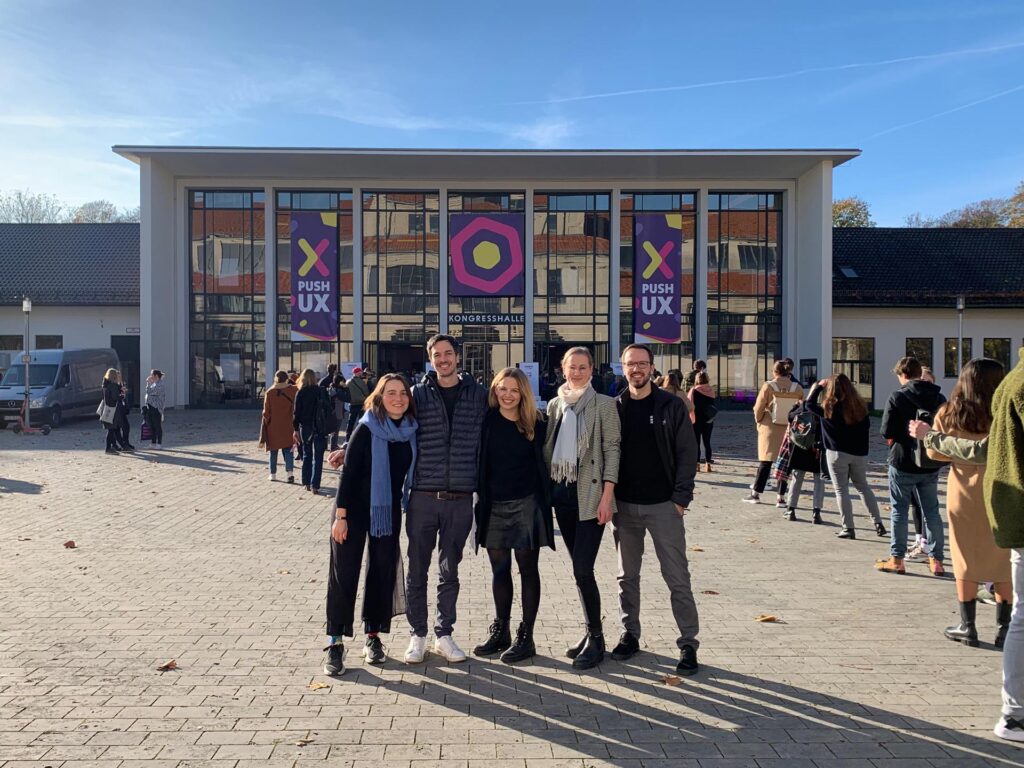
A total of 17 talks addressed a wide range of topics from the digital realm. Some of them dealt with how designers can meet the current challenges in their everyday work. These included topics such as people management and the self-positioning of designers in relation to their work. The other part focused more on the user perspective. It became clear how important an open view is, because there is a great diversity of user groups whose individual needs must be taken into account in the development. In addition, current developments such as climate change make it essential to rethink certain practices.
Take-Away #1: Human-centric Design means Planet-centric Design
Digital product development usually focuses on the user. The success of a product is measured by the fact that the wishes and needs of an individual user are met. The result is applications that captivate us, give us pleasure, and/or make our lives easier. The problem is that a user experience that has user-centricity as its only success factor often leads to behaviors that are convenient but not responsible with regard to the planet and future generations.
The challenge in the future will be to take two perspectives into account: on the one hand, the user’s perspective, and on the other hand, the holistic view of our environment (Planet Centricity). In the talk by Thorsten Jonas (SUX – sustainable UX), attention was drawn to the fact that concrete methods are already available that combine both perspectives. An Empathic User Journey, for example, can be used to examine the effects of the journey steps on a wide variety of actors. With our Human-centric Approach, we at HYVE also pursue the goal of viewing our projects holistically.
We want to innovate for a desirable future. In order to be able to shape this, we inevitably also have to deal with the short- and long-term effects of our products and services on our environment. We would be happy to accompany you on the path to sustainable innovation. You can find out more here.
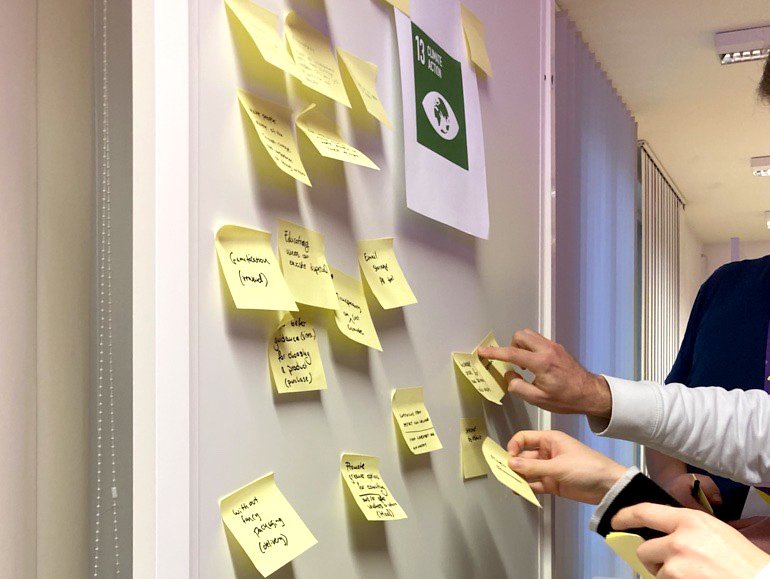
Take-Away #2: Learn from users
In most cases, products are designed to cover a well-defined set of functions. However, during the presentation by Mustafa Kurtuldu (Twitter), it became clear that users are not limited to this. They improvise with the products and extend the functional framework through individual practices. This sometimes lays the foundation for new products. This is illustrated by the following example: After Google launched Gmail in 2004 with an online storage space of one gigabyte, it was observed that users saved emails with large files attached without sending them. In other words, they were not using the email program in the original sense, but were indirectly creating the first cloud storage service.
Innovative solutions are not created behind closed doors in development departments. They are created in an ongoing exchange with users. It is not enough to empathize with user groups in purely intellectual terms. Co-creation is therefore the key to innovation development. For us at HYVE, this means working closely with potential users from idea generation to concept validation. Read more about how we gather the user’s perspective in online settings here.
Take-Away #3: Designing barrier-free as the new normal
When analyzing users, we are used to analyzing gains, profits, and needs with regard to a specific problem. Topics’ independent characteristics of the users should not be neglected. It often happens that personas are designed according to the same pattern: They are white, between 20 and 50 years old, have a medium to high income, and have no physical or cognitive limitations. It goes without saying that this never covers the actual diversity of user groups. Irina Rusakova reinforced this in her presentation with the phrase, “‘Normal’ is diverse.” Normality does not mean thinking in the same pattern all the time, but understanding the diversity in society. We should therefore ensure that digital solutions are accessible to as many as possible.
Accessibility can have many manifestations. For example, it can be about avoiding cognitive overload, optimizing readability, or making language easy to understand. For each area, there are principles that help individuals with certain characteristics with the digital experience. In the case of cognitive accessibility, these are principles like paying attention to consistency, and avoiding ambiguity or unexpected interactions (e.g., sudden pop-ups, auto-playing videos). The good thing is that when designing according to these principles, not only one group benefits, but all users inside. What reduces the cognitive load for autistic individuals, for example, reduces it for everyone else. Addressing the issue of accessibility is therefore a worthwhile one in any case and should be understood as the new normal.
Take-Away #4: Innovate UX-standards
Innovation can mean identifying a new topic area or developing a novel, smart solution to a known problem. But innovation can also mean rethinking the way a digital solution is designed. UX design in particular is characterized by many standards on how applications should be operated in the best possible way. The focus here is on functional aspects.
In addition to functional parameters, however, motivational and emotional factors should always be taken into consideration. For example, by integrating playful elements or rethinking tried-and-tested interface elements such as buttons or checkboxes, digital solutions can evoke unique experiences. Depending on the thematic context, this can be important to motivate users to complete a task or to provide positive reinforcement once a goal has been achieved. If we want to develop innovative digital solutions, it is also worth asking how we can rethink tried-and-tested standards to create surprising experiences.
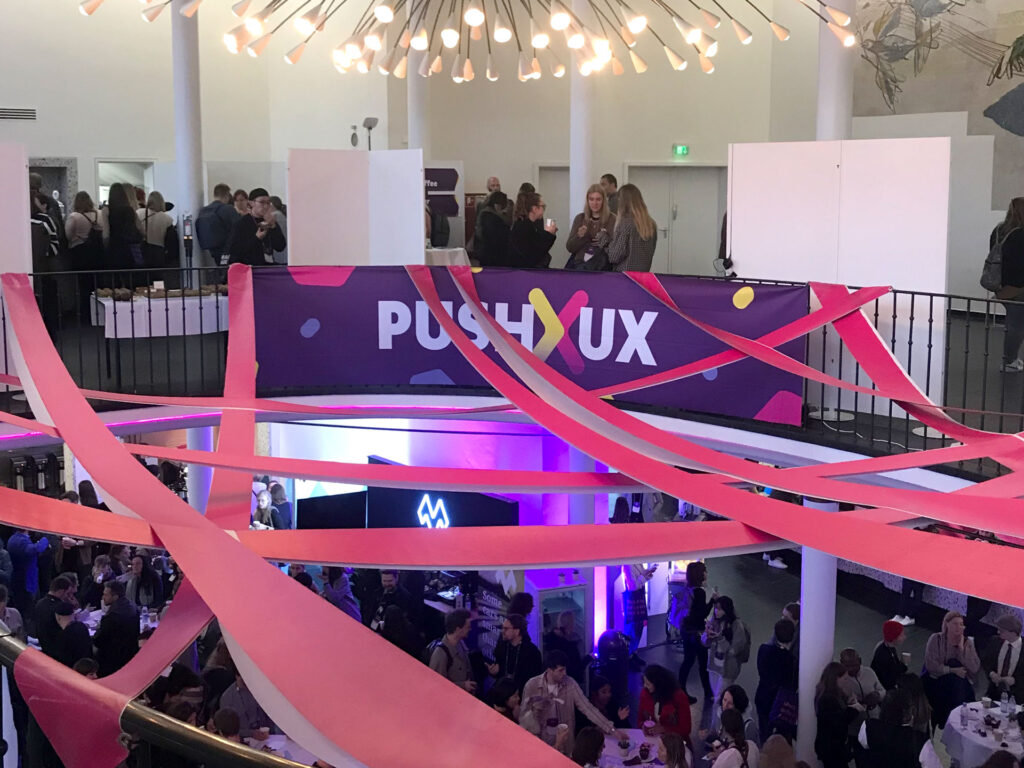
The two days at the PUSH UX Conference introduced us to new aspects and reminded us of familiar ones. Considering the impact on the planet, integrating users into the creation process, creating inclusive solutions, and creating surprising experiences can be considered as adjusting screws for a successful product. It is clear that there are many other aspects to consider in addition to these. We are also aware that some aspects are not relevant to every project. Together, we want to find out to what extent these takeaways can support us in upcoming projects on the path to innovative, digital solutions.
